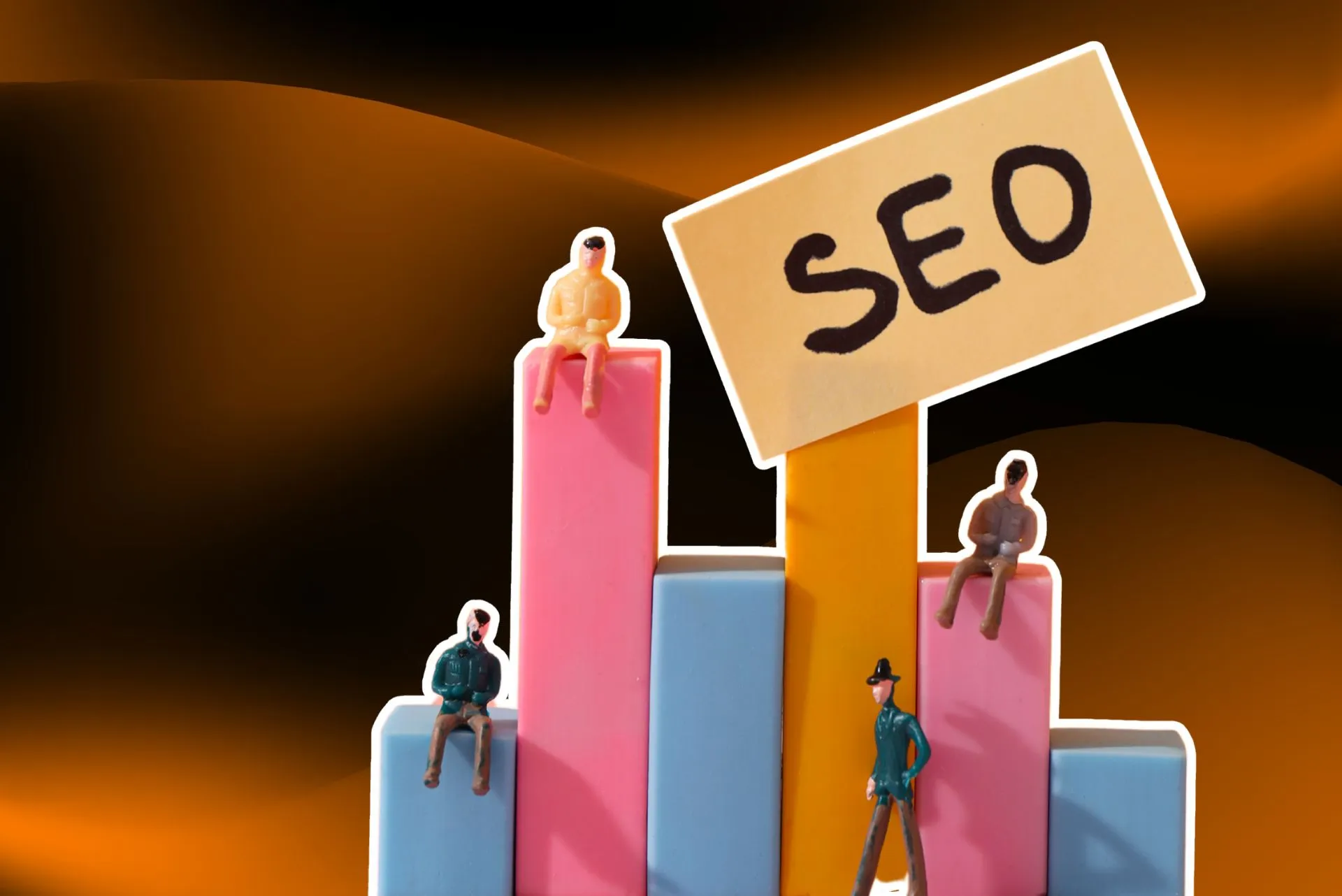These days a smart SEO (Search Engine Optimization) analyst knows that writing a good blog is not all. Along with generating compelling content and building backlinks, optimizing it further for the search engines to rank it higher up on their results page becomes essential.
While off-page SEO is important, it becomes meaningless without a successfully done on-page SEO. Here are a few important techniques to tweak your SEO strategy and set a strong foundation to optimize your content for the SERP (Search engine results page) to consider.
This blog on on-page SEO talks about optimizing your text (meta tags, keyword tags, internal and external links), optimizing images (alt tags, renaming images and resizing images) and optimizing the HTML to help boost your ranking.
Optimize your text
Although said repeatedly over the years, we’ll come out and say it again. The quality and originality of your text must be prioritized at all times. Creating content which brings value takes a higher priority when it comes to optimizing your text.
Make sure you put your audience and their needs at the top of your checklist. They act as a prerequisite to any form of content that you wish to publish online.
With that being said, here are a few important tips to optimize your text further.
Keyword placement
The good old keyword placement is used even today for a complete and successful SEO strategy. However, tastefully applied target keywords are what we’re aiming at. Make sure these keywords are not force-fed into the content, causing disturbance to the flow. Targeting your audience with a keyword density of 1.5% or less, which fit in as naturally as possible can go a long way.
Optimize your images
Images on your web pages surely make the site all the more attractive. Optimizing this important piece of content can make wonders in levelling up your SEO game. When done the right way, image optimization results in superior user experience and faster load times.
Three ways to easily optimize your images is to:
- Make use of Alt tags,
- Rename images with a suitable description
- Resize images so that it does not hamper load time.
A) Renaming Images
Search engines retrieve information about the image from every content page, this includes caption and image titles.
Avoid using filenames that are not readable (like IMG00043.jpg). Instead, rename images to words or phrases relevant to the subject that the image is addressing (like my-dog-says-hello.jpg)
B) Resizing Images
Images are usually the most significant contributor to overall page size and large images can make pages slow and expensive to load.
If you resize (or scale down) images to their maximum display dimensions before saving and exporting them, your site almost always loads faster. This produces improved SEO benefits and guarantees better user experience.
Make use of image resizing tools like Compress Now or Compress JPG to reduce the weight of your images in quick simple steps.
C) Incorporate light images
Make sure to apply the latest image optimization and responsive image techniques to provide high quality and fast user experience.
Optimize your HTML section
HTML tags affect how your website performs on the internet. Without efficiently utilizing these tags, you’re far less likely to connect with the search engine or your audience.
Here are a few tips to optimize your HTML section.
A) Use readable URLs
While constructing a URL, using relevant and descriptive words or phrases goes a long way in building trust.
Choose a simple URL that is easily readable, giving a picture of what lies inside the site.
See for yourself, which link is more readable?
‘https://panorbit.in/who-we-are/’ or
‘http://www.just-an-example.com/index.phpid_sezione=360&sid=2b6ybc544t41dra5e849r730f2’?
B) Proper use of Header Tags
Header tags in HTML are beneficial to provide content that is rich in keywords for the search engines to decipher. While also delivering value for your users, it is also critical to your on-page SEO. Moreover, how does the search engine know if your content is well-structured? From your header tags.
Make use of the first three heading tags (H1, H2 and H3) efficiently. Using your target keywords in any of these headings has a direct impact on increasing your SEO rankings.
Pro tip: Limit your header tags by using one H1 tag per page. Avoid using multiple keywords or over-stuffing
C) Meta tags
Your article’s title is not necessarily the only thing that is shown in the search results. Along with the first header tag, the meta tag is also displayed.
Meta tags are pieces of information which tell your visitors what the site contains. Having your site include targeted keywords and detailed information in its meta title and description for every page can result in a positive difference for SEO.
Although the header and meta tags are quite similar, the former manages to catch the reader’s attention while the latter is more important from the SEO point of view.
Meta Title:
The meta title acts as a curtain-raiser to your content, providing an introduction to the audience. It acts as the first piece of content that your audience consumes to make a choice before tapping on the link. Optimizing the meta-title can be beneficial to both the search engine and your audience. However, over-optimizing the title can easily backfire.
Choose a unique title of 15-35 characters for each page. Ideally, look at it from your users’ perspective. Write about the factors you’re addressing and how it benefits the users. Include your target keyword for search engines to quickly get a hold of what the subject of your content is.
Meta Description:
Meta description has been and still is one of the most critical points that can be optimized. Seen below the title of the page, these meta tags give audience the page’s description, providing details on what the page is all about.
Optimizing your meta description can increase your click-through rate, enhance your audience’s perception of the quality of your content and help the search engines to understand the subject matter of the site.
D) Alt Tags
Optimizing image alt texts have been a proven valuable SEO asset.
Alt-text is the text that appears in place of an image in case of a slow or low-bandwidth connection where the image fails to load. Although it seems like additional work, alt-texts also help search engines know what the image is all about.
One important tip to keep in mind is to avoid stuffing keywords in alt-texts, as it often leads to a negative user experience.
E) Use a fast web hosting server
Page speed acts as an essential criterion for search engines to rank your site. The lesser time your website takes to load, the higher it is ranked by Google.
Choose a fast web hosting server (like WPX or a managed WordPress hosting platform like Flywheel). It might also help to select servers as per the target region and check repeatedly to analyse your site’s speed.
F) Choose HTTPs over HTTP
To ensure users have a safe browsing experience, google prefers sites with HTTPS over HTTP. In addition, the use of HTTPS builds users’ trust and ensures their information is in safe hands.
G) Internal and external links
Quality links are one of the most important ingredients of a healthy SEO strategy. They help Google, and other search engines measure the relevance of websites and return better results to searchers. If you want to improve your search engine rankings, you need quality links.
But developing a strong link profile is not all that simple. First, you need to understand what makes a good link, what makes a bad link, and what you can do to optimize your website for better results.
H) Use caching plugins
The server response is faster for a cached in page since it does not have to generate these pages from scratch. Optimize your content by using plugins like Super Cache, WP-Rocket, W3 Total Cache etc.
I) Remove Unnecessary Plugins
Plugins add a significant load to your server. Identify plugins which are important. Disable or remove the ones which you don’t need.
J) Add a sitemap
Every website should have a sitemap. This blueprint of your website helps manage your links effectively.
K) Remove unnecessary widgets from the sidebar
Provide your readers with a finer user experience by removing widgets that occupy extra space.
Owing to the changing landscape of SEO, being successful in organic search is quite a task. Today, keeping your SEO strategy up-to-date is of high significance.
This compact and updated guide on the basic on-page SEO techniques comes in handy for every digital content creator to align their strategy to big search engines.






